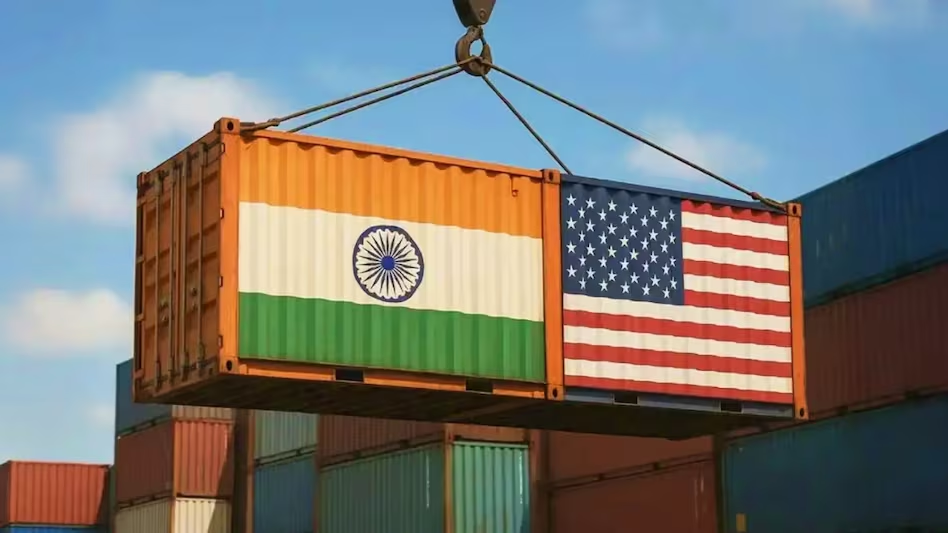Trump doubles tariffs on Indian imports as of August 27, 2025, marking a major shift in trade relations between the United States and India. The new tariffs increase import duties on Indian goods to 50 percent, a sharp rise from the previous 25 percent. This move has significant implications for businesses, consumers, and the overall U.S.-India partnership.
Background of the Tariff Increase
The tariff hike comes as a response to India’s ongoing purchase of discounted Russian oil. The U.S. government views these purchases as indirectly supporting Russia amid its conflict in Ukraine. Earlier in August, a 25 percent tariff on Indian goods was announced, but the new policy adds another 25 percent, totaling 50 percent in duties on affected products.
The decision reflects a broader strategy by the U.S. to pressure India on its energy imports. However, it also risks straining long-standing diplomatic and trade relations between the two nations.
Impact on Indian Exports
India’s export sector is facing immediate challenges due to the higher tariffs. Nearly 55 percent of India’s $87 billion in merchandise exports to the U.S. are now affected. Key industries such as textiles, gems and jewelry, seafood, and furniture are at risk.
Economic analysts warn that some export sectors could see up to a 70 percent reduction in shipments to the U.S., resulting in potential job losses and slowing economic growth in regions heavily dependent on exports. Companies that have relied on the U.S. market for years are now re-evaluating their strategies to minimize the financial impact.
Effects on U.S. Consumers
While the tariffs target India, U.S. consumers may also face consequences. Products such as clothing, jewelry, and seafood that are imported from India are likely to become more expensive due to the added duties. Retailers may pass these costs onto customers, leading to higher prices in stores and online.
In addition, businesses in the U.S. that use Indian raw materials or components may experience increased production costs. This could affect pricing, supply chains, and overall competitiveness.
India’s Response and Domestic Measures
In response to the tariffs, the Indian government has introduced measures to cushion the impact on its economy. Tax reforms have been announced, including a $12 billion income tax cut and adjustments to the Goods and Services Tax (GST) system. These reforms aim to boost domestic consumption and support local industries.

India is also exploring alternative export markets to reduce dependence on the U.S. While the immediate goal is to mitigate losses, these steps may help strengthen the country’s economic resilience in the long term.
Political and Diplomatic Implications
The tariff increase has political as well as economic consequences. Some U.S. lawmakers and trade experts have criticized the policy, arguing that it disproportionately targets India while ignoring other nations with similar behaviors regarding Russian oil purchases.
For India, the tariffs complicate an already delicate diplomatic relationship with the U.S. Negotiations and trade talks may need to be revisited to address concerns on both sides. Maintaining strong ties will require careful diplomacy and potentially new agreements to restore balance in bilateral trade.
Potential Long-Term Effects
In the long term, the tariff increase may encourage both nations to rethink trade strategies. For the U.S., the tariffs serve as a tool to influence India’s energy purchases and protect domestic industries. For India, it highlights the need to diversify markets and reduce vulnerability to trade disruptions.
If both sides engage in dialogue and adapt policies, it is possible to restore a cooperative trade relationship. However, without careful negotiation, the tariffs could lead to prolonged economic friction and uncertainty for exporters and consumers alike.
Conclusion
Trump doubles tariffs on Indian imports have triggered significant changes in trade dynamics. Indian exporters face increased costs and potential reductions in shipments, while U.S. consumers may see higher prices on certain goods. The Indian government is taking steps to minimize economic impact, including tax reforms and market diversification.
This policy move underscores the interconnected nature of global trade. Both the U.S. and India must balance economic strategies with diplomatic relations to ensure that long-term partnerships remain strong. As trade tensions evolve, businesses and consumers on both sides will need to adapt to new realities.
The tariffs also highlight the challenges of global trade policy, where decisions aimed at one nation can have far-reaching effects across multiple economies. Monitoring how both governments respond in the coming months will provide insight into the future of U.S.-India trade relations and global economic stability.
Do Follow USA Glory On Instagram
Read Next – Democrat Catelin Drey Wins Iowa Senate Special Election, Breaking Republican Supermajority






